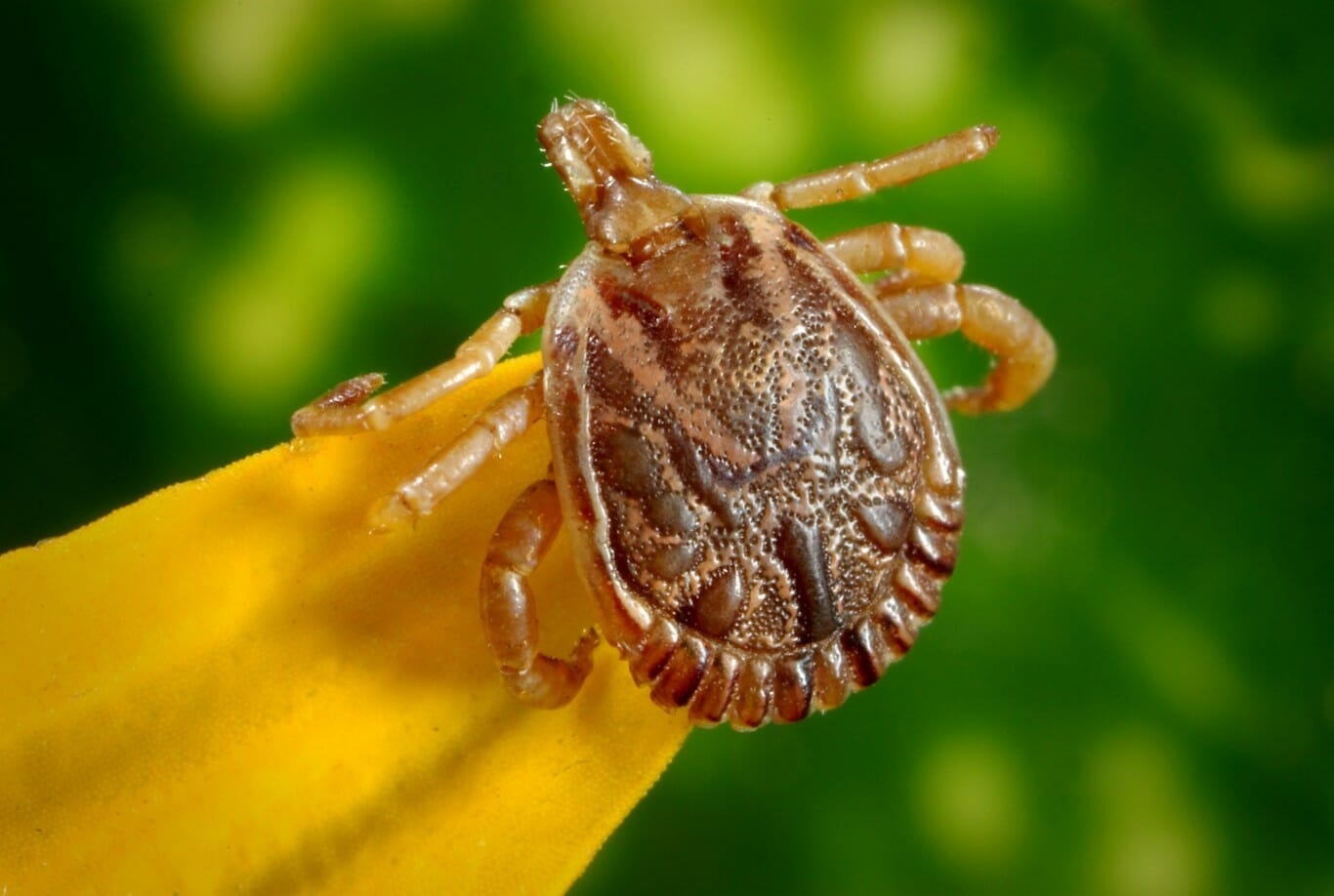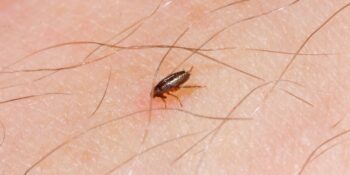
Like a lot of us, you may have been spending more time in your yard lately. While we only want to encourage this decision, we also need to remind you to be careful. The months between April and September are peak season for Lyme disease-carrying ticks, so caution must be taken. Here are five facts about Lyme disease designed to keep you aware and healthy all year long.
1. 300,000 Americans get Lyme disease every year
According to the Centers for Disease Control, it is estimated that well over a quarter of a million Americans contract Lyme disease each year. It’s a significant number and an indication of just how prevalent this disease is. Cases have been reported in all 48 contiguous states, as well as Alaska. However, the highest concentration is in our area, the Northeast, along with the Midwest.
2. Lyme disease is passed from an infected tick to a human
These infected ticks carry specific bacteria, known as Borrelia burgdorferi. The tick bite is responsible for transmitting the bacteria, or infection, on to humans. There are two things to remember, though, especially if you’ve just come in from a walk in the woods or from weeding your flower beds:
- The tick has to be attached to your skin for at least 36 hours to pass the infection. This alone is the greatest argument for tick checks – even if it’s at the end of a long day. Take a few moments and use a mirror if necessary. Catching a tick on your body early can make all the difference
- 95% of all tick cases happen in a person’s backyard, which, again, reinforces the necessity of checking yourself for ticks after being outside. You may have already learned this fact from your dog, as he or she can easily pick-up ticks and bring them inside. No matter the source or the location, be alert. If you’ve already spotted more than one tick in your yard, call us. We can help.
3. Lyme disease mimics other illnesses and can sometimes be misdiagnosed
In addition to a rash that resembles a bulls-eye, the most common symptoms of Lyme disease are much like those of arthritis: joint and muscle aches. The bulls-eye rash develops in 70 to 80 percent of infected people. Others will almost exclusively experience a range of flu-like symptoms, including headache, fatigue, and dizziness. Nerve pain, irregular heartbeat, and memory problems have been reported as well.
4. Symptoms don’t occur immediately
The first indications of Lyme disease typically take one week, on average, to appear. In some cases, symptoms don’t appear fully for 30 days or more. Although the bull-eye rash described earlier isn’t inclusive of all infections, its presence can help achieve a diagnosis. Treatment – which comes in the form of antibiotics – is necessary to treat Lyme disease, and the earlier it is initiated the more relief it can provide.
5. Wearing long clothing and avoiding wooded areas can lower your risk of encountering disease-carrying ticks
One of the best ways to avoid having your skin come into contact with a tick is to wear long clothing when you’re working in the yard or spending time in a brushy or wooded area. Simply eliminating your skin’s exposure decreases the chance that you will become bitten and potentially infected. The tick needs something to attach to and it is much easier to remove from a pair of work pants than the surface of your body.
As always, Suburban Exterminating is here for you. Not all ticks carry infectious diseases, but our pest control experts have a zero-tolerance policy when it comes to allowing them to take up residence on your property. We have what it takes to get rid of ticks and to give you peace of mind while you’re enjoying – or working in – your outdoor space. Contact Suburban Exterminating.





